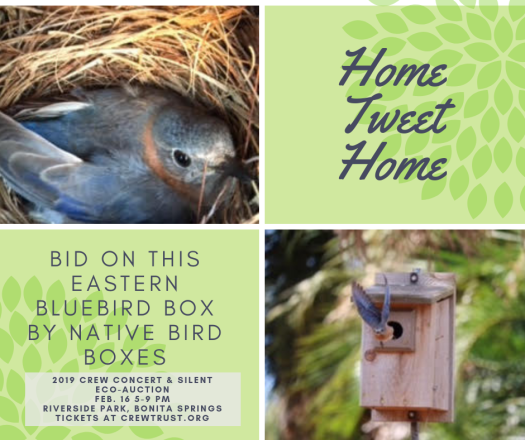By Allison Vincent

What should I expect on the CREW Trails this summer?
Water! You may have heard us say this before, but I’ll say it again here, CREW is ALL about water!
As rainwater accumulates on the ground, absorbing and leaching through the ground surface down through the porous limestone rock and into the aquifer, it replenishes the groundwater and restores the aquifer.

We won’t see that water again until we either turn on the faucet, or visit the trails after the water table rises above the surface. That’s also the point when we describe the trails as, “inundated with water” and you should prepare for a wet walk.
“It’s always amazing how that point of saturation seems to break the ground surface overnight in CREW, as the aquifer literally fills up and overflows on the trails.”
CREW Trust executive director Brenda Brooks
Saturation happens at different times throughout CREW because it is such a large watershed with 60,000 acres of land. After that stage, we start to see the next step in the cycle of water through the CREW lands, called sheetflow.

You may want to take a moment this summer when you’re out on the CREW trails to celebrate the rainy season because wet trails mean fresh drinking water, flood protection and numerous other benefits for humans and wildlife that frequent this corridor of Florida.

CREW Trails
CREW Marsh trails:

On the northern side of the CREW Marsh watershed, you’ll find the CREW Marsh trails. These trails will remain dry, for the most part, the longest of any trail system, as most of the sheetflow from the CREW Marsh will slowly trickle southwest. However, smaller seasonal marshes along the ecotones of the trail will fill up around the same time as the CREW Marsh and flow over the trails. Once the water level is above the ground surface, expect to consistently get your feet to ankles wet on these trails. The Red trail that hugs the CREW Marsh will fill up first, along with the Green trail as they both border the largest accumulation of water, our 5,000-acre sawgrass marsh.
CREW Cypress Dome trails:

Areas of the Green trail near the cypress dome and almost all of the Wild Coffee trail will become increasingly inundated with water as the water table rises. If you hike the Wild Coffee trail and portions of the White trail, expect to get wet up to your waist at its highest and wettest point. Other sections of the White trail will pool water and increase the likelihood of getting your feet wet. The crossover from CREW Cypress Dome trail to Caracara Prairie Preserve trails will require you to ford across a small canal. This area can fill to waist height, so be prepared to get very wet. Caracara Prairie Preserve includes one elongated marsh crossing and several areas of the trails become inundated with water.
CREW Flint Pen Strand trails:

Take a walk along the bumpy berm of the Red trail, left behind by the canal excavation constructed to direct water through the early farmlands once present in CREW Flint Pen Strand. Trails bordering the Kehl Canal, headwaters for the Imperial River which runs to the Gulf of Mexico, are a great place to watch water levels rise as we get more into our rainy season. Check out the Yellow trails north and south along with the Red trail to get a view of the Kehl Canal. Or hike east on the Orange and Purple trails, where you can see some of the impact of the hydrologic restoration (link to previous article) designed to restore and slow the sheet flow over the surface of the land, giving it more time to soak in and replenish the aquifer. All of these trails will eventually be underwater, especially in the marshes surrounding the lakes.
CREW Bird Rookery Swamp trail:

The trails here were constructed on a historic railroad tram, which continues to provide a raised trail above the surrounding swamp. The low dips will fill with water and require crossing.































